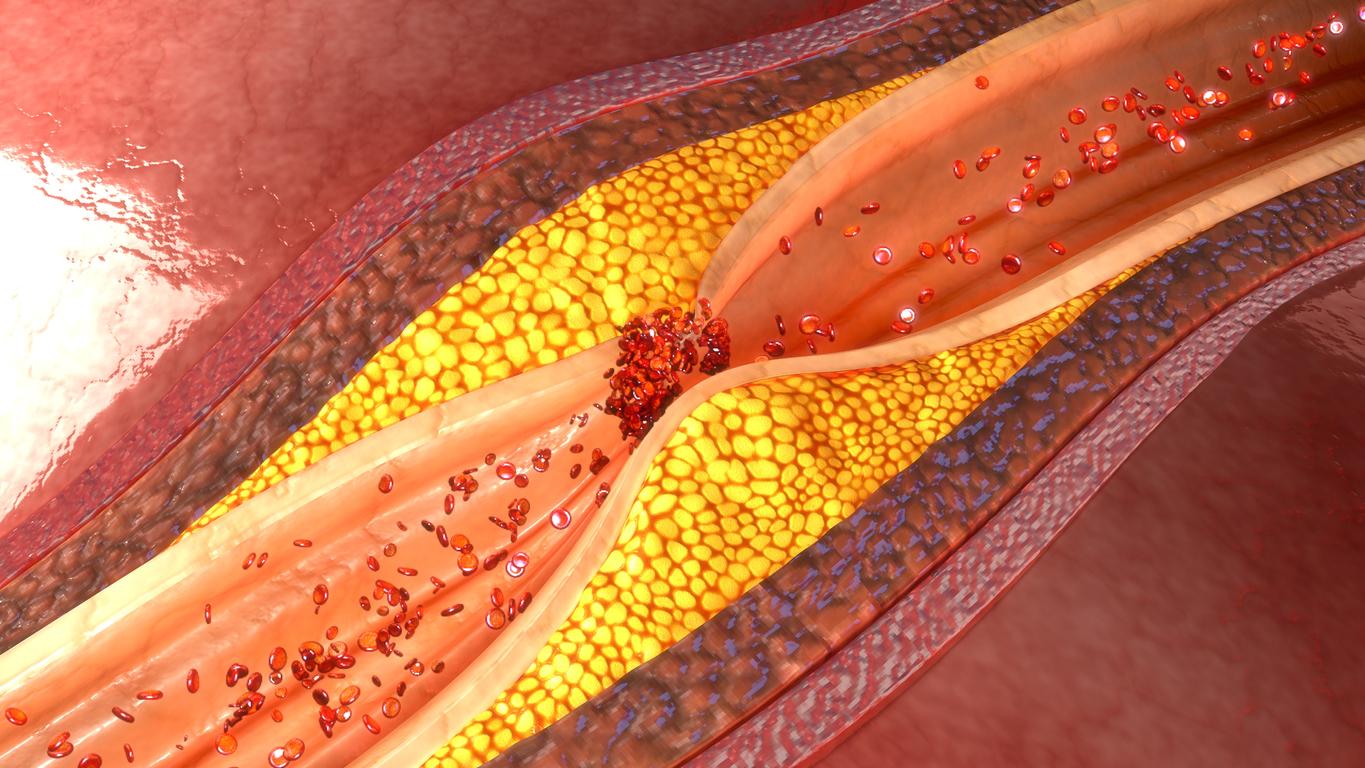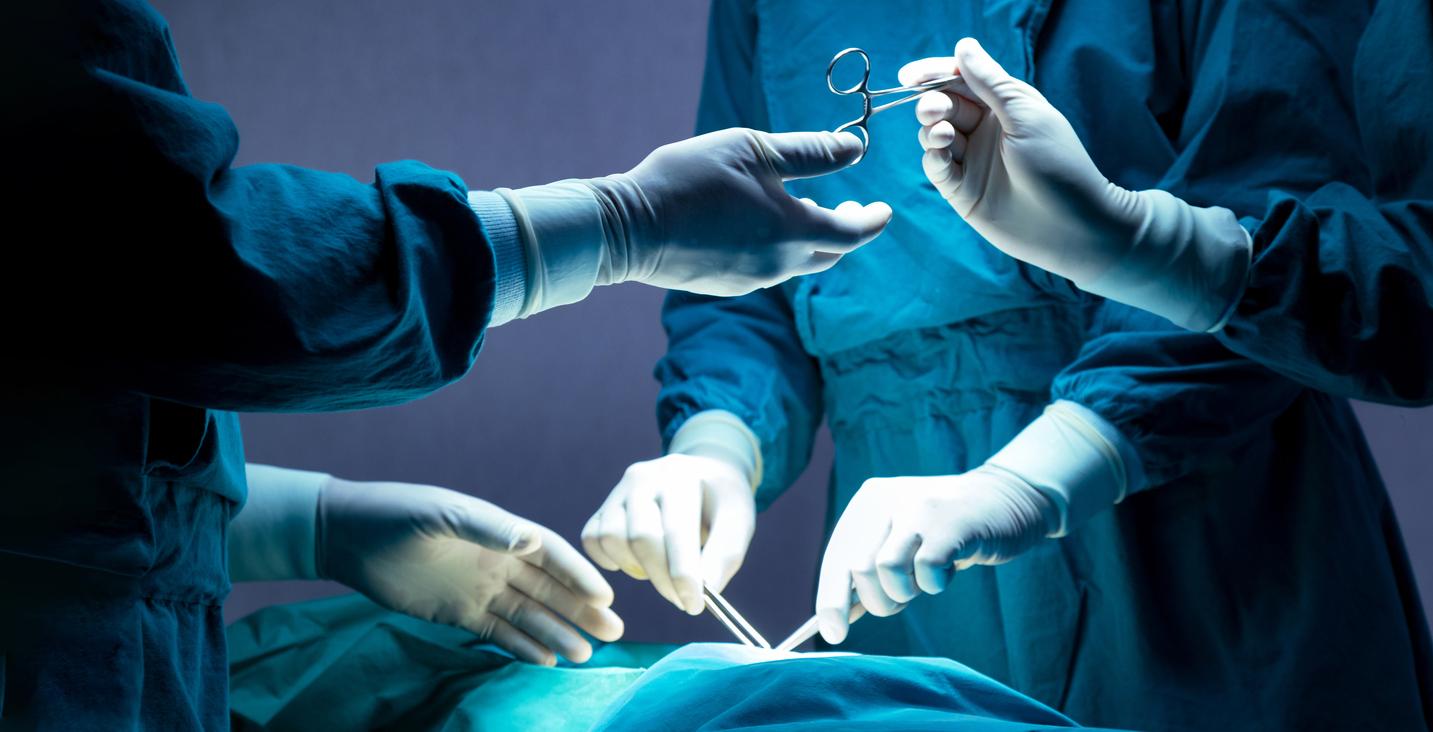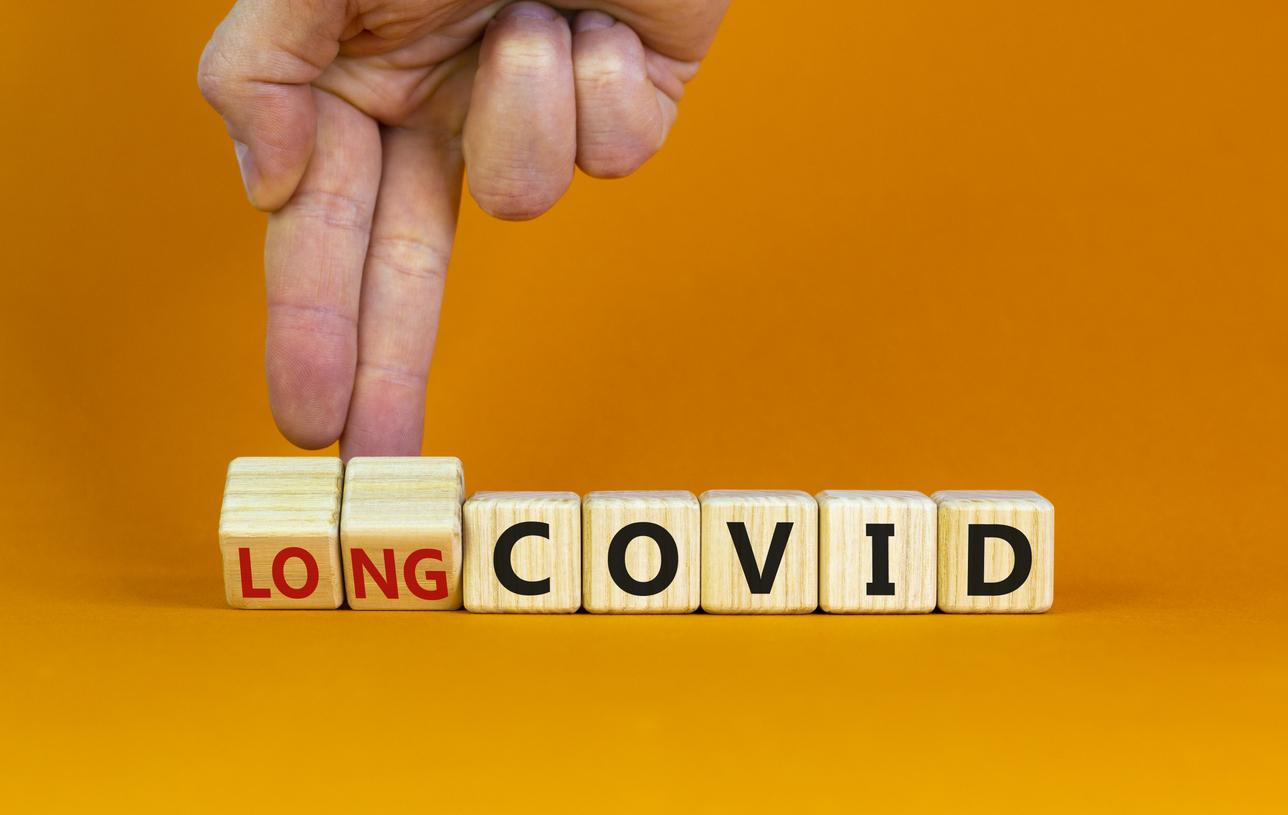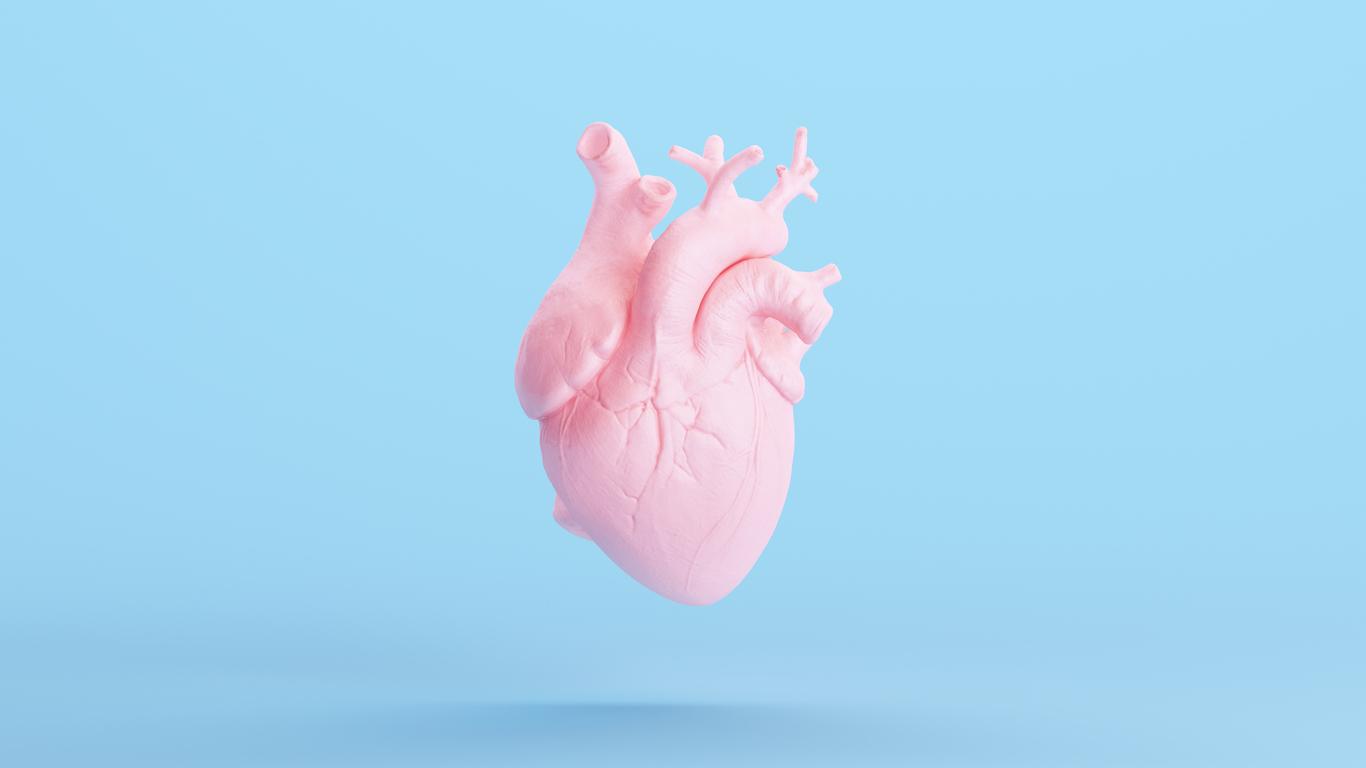When in space, heart cells change their beat rhythm, but it returns to normal within 10 days once on Earth.
-1574441754.jpg)
Only a handful of us have had the chance to go into space. Although the physiological changes caused by exits from our atmosphere are still little known, new research shows that they can have consequences on our heart. Recently, researchers at Stanford University (United States) analyzed that cardiac muscle cells derived from stem cells have a remarkable ability to adapt to their environment during and after spaceflight. Exposure to microgravity altered the expression of thousands of genes, but the gene expression patterns reappeared within 10 days of returning to Earth. The results of this study have been published in the journal Stem Cell Reports.
A journey into space
“This study is new because it is the first to use human pluripotent stem cells to study the effects of spaceflight on human cardiac function”. Previous studies have shown that spaceflight induces physiological changes in heart function, including reduced heart rate, lower blood pressure, and increased cardiac output. But until now, most studies of cardiovascular microgravity physiology have been conducted either in non-human models or at the level of tissues, organs or systems.
To address this problem, cardiomyocytes (heart muscle cells) derived from beating stem cells (hiPSC-CMs) were launched to the International Space Station aboard a SpaceX spacecraft as part of a commercial mission of refueling. At the same time, the scientists cultured control hiPSC-CMs on Earth for comparison.
Upon their return to Earth, the hiPSC-CMs sent into space exhibited normal structure and morphology. However, they adapted by changing their beat and calcium recycling habits. “We are surprised at how quickly human heart muscle cells can adapt to the environment in which they are placed, including microgravity,” says Joseph Wu. that could improve the health of astronauts during long-duration spaceflight or lay the groundwork for new knowledge to improve heart health on Earth.”
New experiments to come with different cells
The researchers also performed RNA sequencing of hiPSC-CMs collected after four and a half weeks on board the International Space Station and 10 days after returning to Earth. These results showed that 2,635 genes were expressed differently between the in-flight, post-flight and ground control samples. According to Joseph Wu, limitations of the study include its short duration and the use of 2D cell culture.
The team plans to examine the effects of spaceflight and microgravity again, this time using hiPSC-derived three-dimensional heart tissue, which is more physiologically relevant, as well as different cell types, including including those of the blood vessels. “We also plan to test different treatments on human heart cells, to see if we can prevent some of the changes that heart cells undergo during spaceflight,” concludes Joseph Wu.















